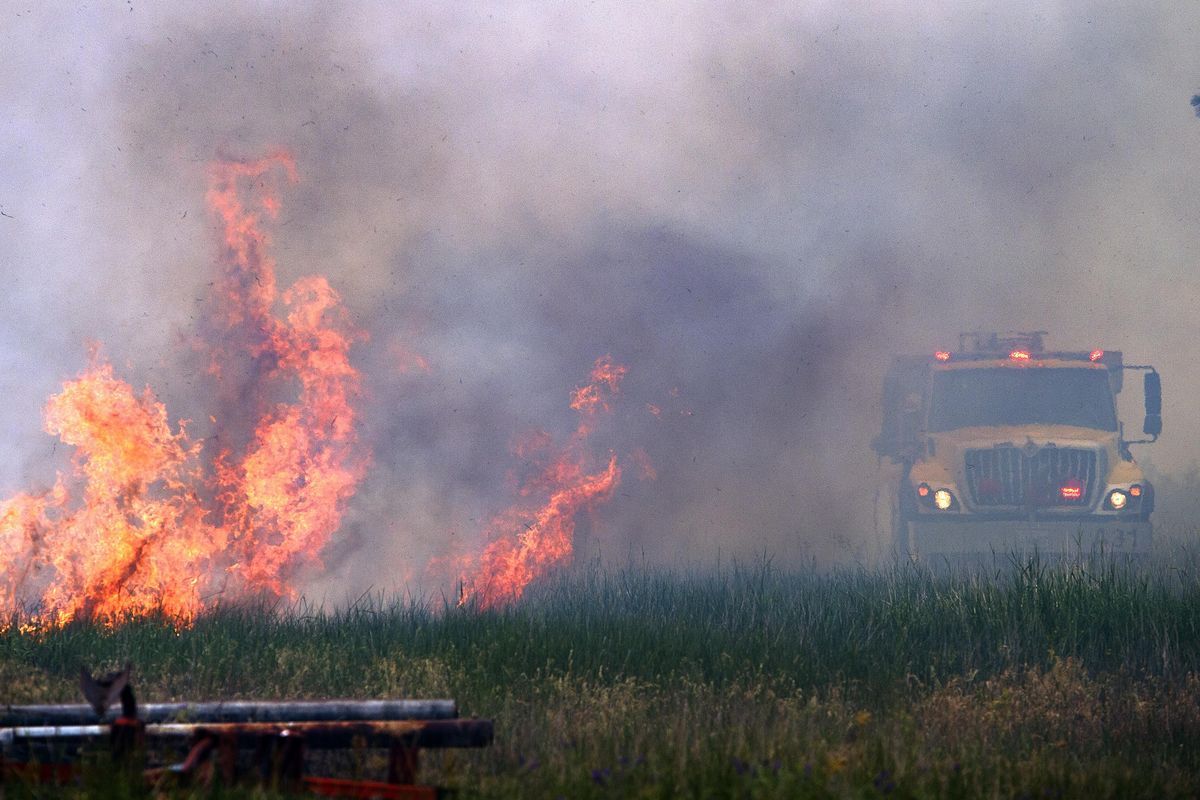Gardening with Pat Munts: Talk looks at impact of drought, fire on the region

Drought and heat were also a challenge. Grain and hay crops were stunted, wells ran dry and pastures, forests and gardens became parched. Weather forecasters tell us this winter may be warm and dry because of an El Nino, but they aren’t ready to make prognostications about snow and rain next summer.
These phenomena are not new to the Inland Northwest. Fire and drought have shaped this region for thousands of years. Native Americans used fire to clear areas to hunt and to foster the growth of food plants. Water availability determined ancient and modern cultures and economies. We in turn have affected the region’s ecology and natural rhythm. But what are those impacts and what can they teach us about the future as our climate again shifts?
On Tuesday, the Northeast Chapter of the Washington Native Plant Society will host Jack Nesbit and Paul Lindholdt, renowned local naturalists and historians, for a discussion on the historical and possible future impact of fire and drought on the ecology, human habitation and water resources of the Inland Northwest. “We wanted to have a discussion about what has happened in the past and how it impacts the people, plants and natural systems today and into the future,” said Robin O’Quinn, the society’s president and a biology professor at Eastern Washington University.
Nesbit has authored a number of books on the history and natural environment of the Inland Northwest and has written extensively on the region’s ancient cultures and their interplay with the natural environment as well as the effects of European settlement and modern natural resource politics. His latest book is “Ancient Places: People and Landscape in the Emerging Northwest.” Lindholdt talks about the history of our rivers, the ancient and modern cultures of the region, and the impact of dam construction on the natural environment in “In Earshot of Water: Notes from the Columbia Plateau.”
“We wanted to sit down and talk about the Inland Northwest’s natural environment, people and politics from two distinct perspectives,” Nesbit said.
Admission to the talk is by donation and proceeds benefit the Student Research Grant Program of the Northeast Chapter of the Washington Native Plant Society. The grants are awarded to undergraduate students working on native plant research in the Inland Northwest.
Pat Munts is co-author, with Susan Mulvihill, of “Northwest Gardener’s Handbook.” Munts can be reached at pat@inlandnw gardening.com.